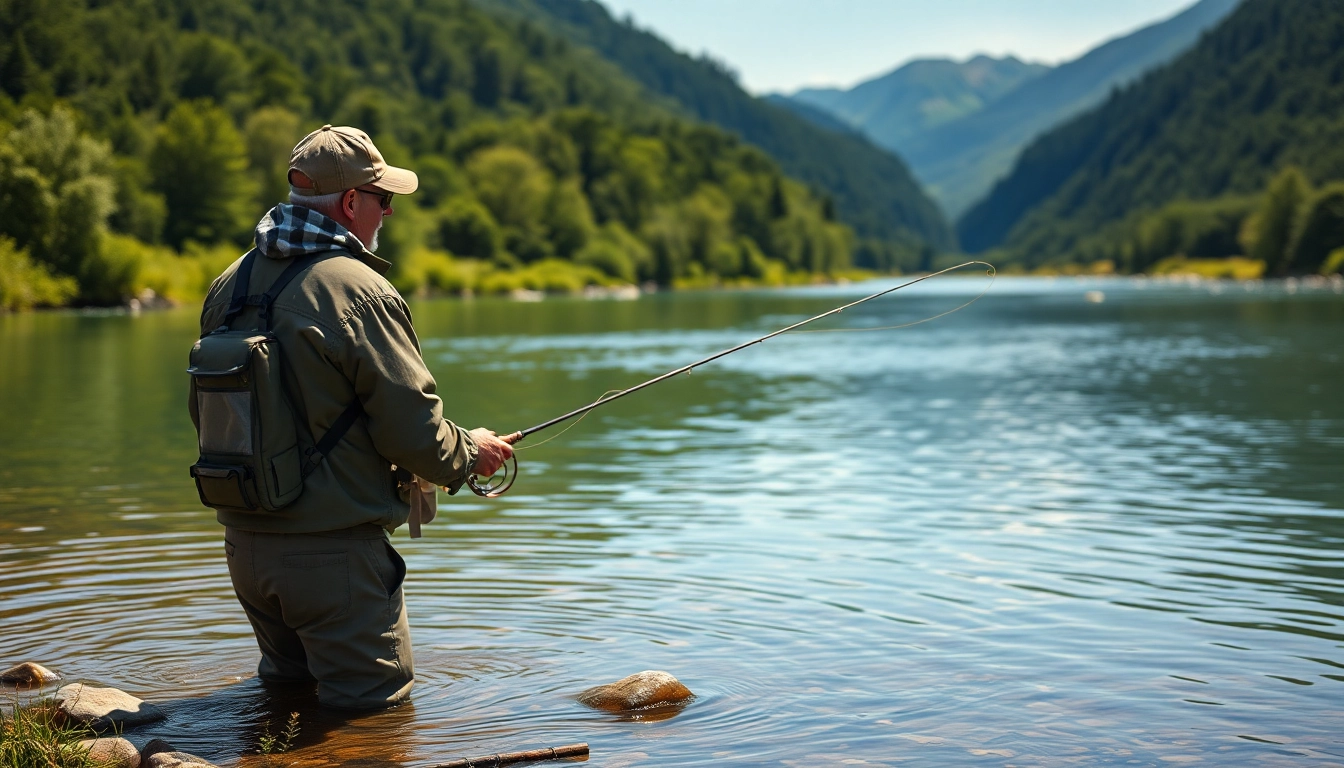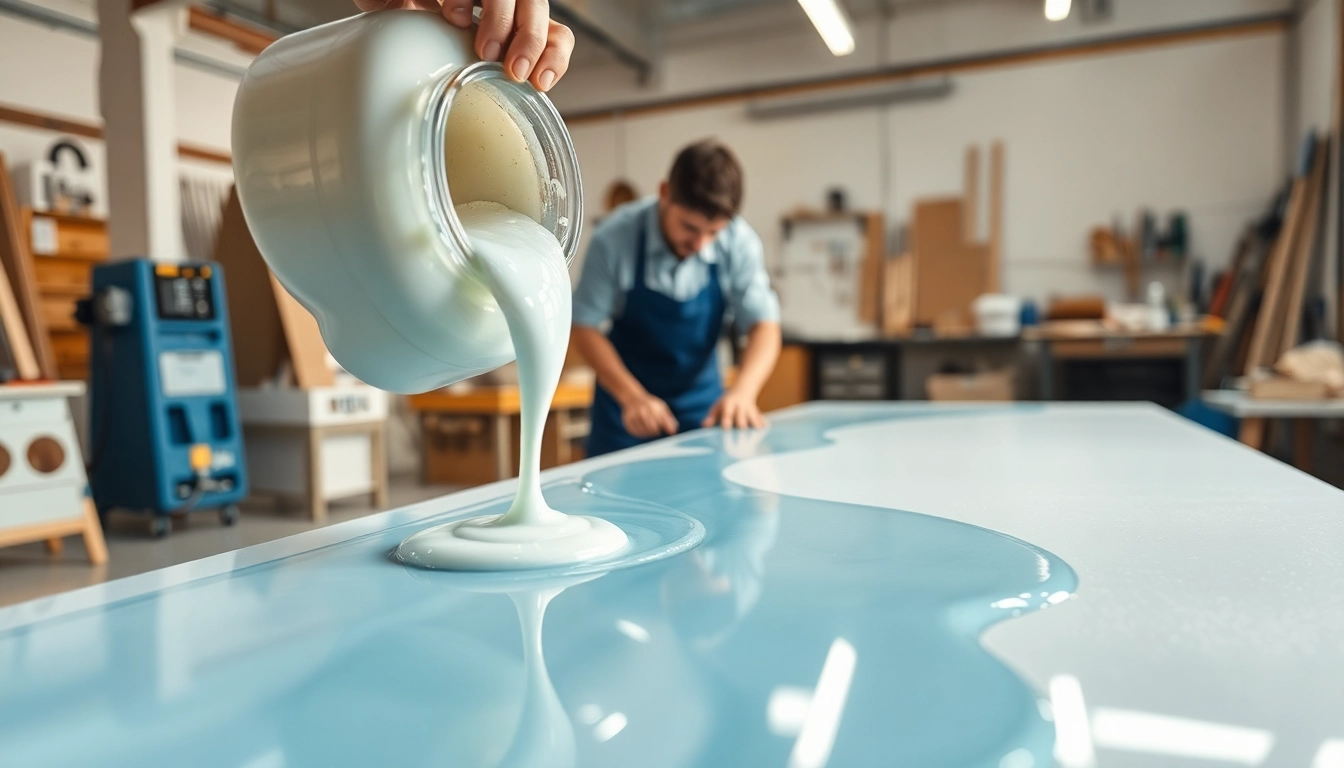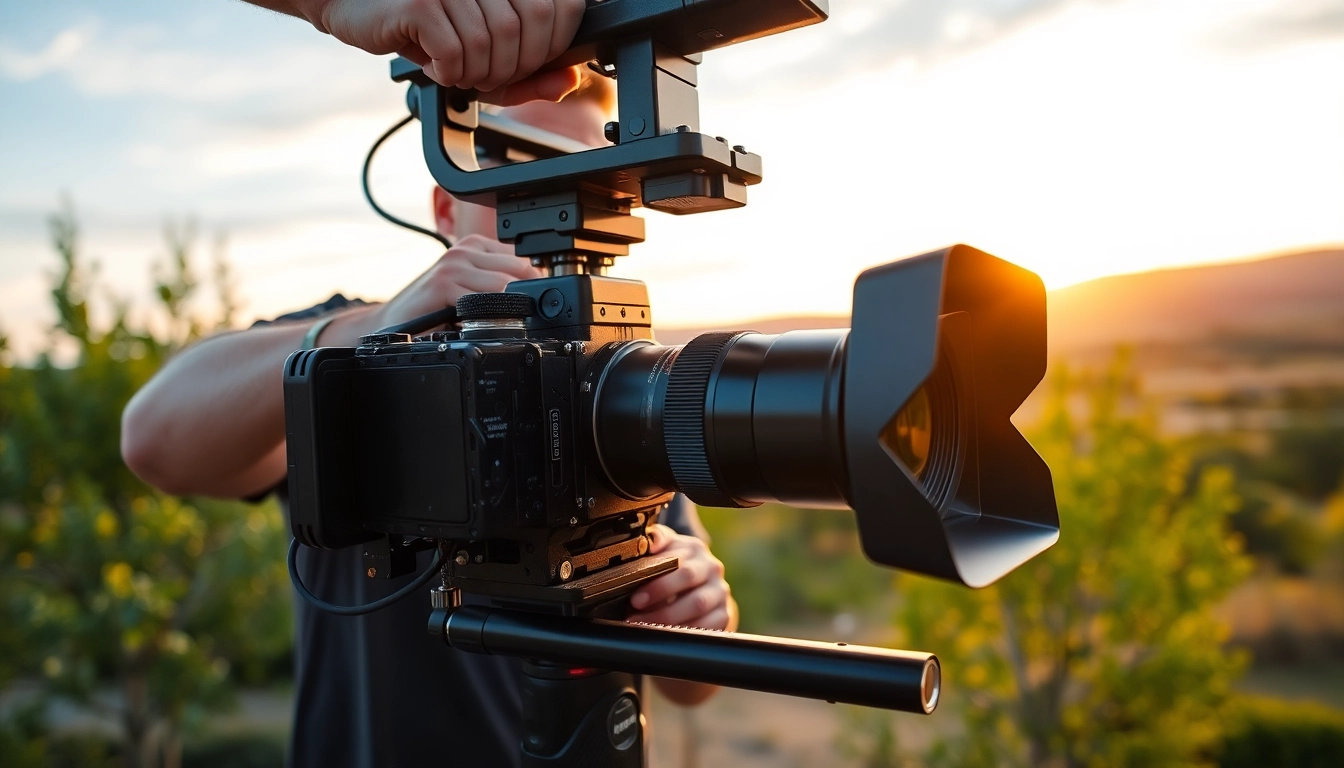Understanding the Basics of a Fly Fishing Kit
For anyone looking to immerse themselves in the world of angling, understanding the components of a fly fishing kit is essential. This specialized fishing endeavor requires a unique blend of skill, patience, and the right gear. Whether you’re a novice or a seasoned angler, having a comprehensive awareness of the different elements involved in a fly fishing kit will drastically improve your success and enjoyment on the water. Let’s explore the core components that define a successful fly fishing experience.
What is Included in a Fly Fishing Kit
A typical fly fishing kit typically includes several essential components tailored to meet the angler’s needs and the type of fishing they plan to do. Key aspects of a basic fly fishing kit include:
- Fly Rod: The backbone of your fishing setup, fly rods come in various lengths and weights to match the type of water and fish you’re targeting.
- Fly Reel: This device holds the fly line and is responsible for controlling the line during casting and retrieving.
- Fly Line: This specialized line is weighted to allow for effective casting of the flies.
- Leaders and Tippets: These are lighter lines tied to the fly line, helping to present the fly more naturally in the water.
- Flies: Imitative lures designed to resemble insects, baitfish, or other food sources for fish.
- A Fly Box: A storage unit for your flies that keeps them organized and protected.
- Accessories: Additional gear such as forceps, nippers, and floatants enhance the fishing experience.
Materials and Tools for Effective Fly Fishing
The materials used in fly fishing are critical for performance. Fly rods are commonly made from graphite, fiberglass, or bamboo, each offering different levels of flexibility and strength. Graphite rods are most popular due to their lightweight and sensitive nature, making them ideal for a range of fishing scenarios.
The fly reel should be constructed from sturdy materials, typically aluminum or composite, to withstand the environments where you’ll find yourself fishing. A good reel balances weight with durability. Fly lines are often made from various plastics, with coatings that allow them to float on the water or sink when necessary.
In addition to these main components, having the right tools can enhance your experience. Items such as waders for wet environments, polarized sunglasses to reduce glare, and a good hat for sun protection will significantly improve your comfort and effectiveness.
Selecting the Right Rod for Your Fly Fishing Kit
The selection of the right fly rod depends on several factors including the type of fish you are targeting, your fishing location, and your personal casting style. Rods are often rated by weight, typically ranging from 1 to 12, with lower weights suited for smaller fish in quiet waters, while higher weights are meant for larger fish or rougher conditions.
Longer rods can provide greater casting distance, whereas shorter rods are favored in tight spaces. When choosing your rod, consider the action — fast, medium, or slow — which affects the responsiveness of the rod during casting. A medium action rod is generally recommended for beginners as it offers a balance that accommodates various styles of fishing.
Choosing the Right Flies for Your Fly Fishing Kit
Choosing the right flies is critical to the success of your fly fishing adventures. Flies not only imitate the natural prey of the fish but also need to match the specific conditions of the water in which you are fishing.
Types of Flies and Their Uses
Flies can be categorized into three main types: dry flies, wet flies, and streamers. Each type serves a unique purpose:
- Dry Flies: These float on the surface and mimic adult insects. They are primarily used when fish are actively feeding on the surface.
- Wet Flies: Designed to sink below the water’s surface, wet flies are used to imitate larvae or nymphs, offering a compelling option in various water depths.
- Streamers: These larger flies imitate baitfish and are effective in enticing predatory species. They are commonly retrieved quickly through the water to provoke strikes.
How to Match Flies to Water Conditions
Effective fly selection requires understanding the conditions of the water. Factors such as water temperature, clarity, and current speed play significant roles in determining fish behavior and feeding patterns. In general:
- Bigger flies may work better in murky waters, where fish rely less on sight.
- Clear, cold waters often require smaller flies and more subtle presentations.
- During spring hatches, it’s best to match the specific insects emerging at that time for greater success.
Being observant and adaptive is essential in matching your fly to varying conditions.
Purchasing or Tying Your Own Flies
Deciding whether to buy or tie your own flies is a personal choice influenced by time, skill level, and passion. Purchasing flies from reputable stores offers convenience and access to professional-grade options while tying your own flies can be a fulfilling craft. By tying flies, anglers can customize patterns to suit their specific needs.
For beginners, it might be wise to start with a few purchased flies and gradually learn how to tie simple patterns. As your skills improve, you may enjoy the creative aspect of fly tying, enabling you to experiment with different designs and colors.
Essential Techniques for Successful Fly Fishing
Successful fly fishing goes beyond having the right gear. It requires a familiarization with various techniques and a deep understanding of the environment you’ll be fishing in.
Casting Techniques for Beginners
Mastering casting techniques is vital for anyone starting in fly fishing. The two primary methods are the overhead cast and the roll cast:
- Overhead Cast: This involves raising the rod to approximately 12 o’clock, then flipping the wrist as the rod moves forward, allowing the fly line to extend back and forward for a smooth delivery.
- Roll Cast: Ideal for tight spaces, the roll cast relies on momentum rather than backcasting and is a simple way to ensure your fly lands softly on the water.
Taking time to practice these techniques can vastly improve your casting distance and accuracy, leading to more successful strikes.
Reading the Water and Spotting Fish
Understanding the aquatic environment can greatly enhance your fishing success. Good anglers know how to read the water, looking for subtle cues indicating where fish may be hiding or feeding. Common indicators include:
- Surface Rises: Observing fish rising to the surface can indicate the presence of insects.
- Structure: Fish often hide near rocks, logs, or weeds where they can ambush prey.
- Current Patterns: Knowing how currents create eddies and breaks can help you locate fish that prefer less turbulent waters.
Investing time to learn these aspects can be the key to successful days on the water.
Common Mistakes to Avoid When Fly Fishing
As with any sport, beginners and even seasoned anglers can make mistakes while fly fishing. Some frequent pitfalls include:
- Overcasting: Trying to cast too far can lead to tangles and poor presentations.
- Neglecting to Observe: Failing to watch for fish activity or environmental changes can drastically reduce your chances of success.
- Improper Line Management: Allowing line to tangle or fail to maintain appropriate tension can result in missed strikes.
Acknowledging these mistakes and actively seeking ways to improve upon them can make a significant difference in your experiences on the water.
Maintenance Tips for Your Fly Fishing Kit
To ensure the longevity and effectiveness of your fly fishing kit, regular maintenance is crucial. By following a few simple guidelines, you can keep your gear in top condition.
Cleaning and Storing Your Gear
After each trip, take the time to clean your equipment thoroughly. Rinse your rod, reel, and line with fresh water to remove dirt, salt, and grime, which can lead to premature wear. Pay particular attention to the guides on your rod, as debris can build up and create friction during casting.
Store your gear properly. Avoid placing your rod and reel in direct sunlight for extended periods, as UV rays can degrade materials. A dedicated rod tube is a wise investment for protection when not in use.
Repairing Tackle and Replacing Worn Parts
Regularly inspect your equipment for signs of wear or damage. Lines can fray, and connections can weaken over time. Replace any worn components before your next trip to avoid equipment failure. For flies, always have a stock of replacements ready or tie new ones as needed.
Seasonally Updating Your Fly Fishing Kit
The seasons can dramatically affect fly fishing conditions, necessitating adjustments to your kit. During the warmer months, for example, opt for lighter lines and smaller flies, while cooler temperatures may call for bulkier lures. Review your kit regularly to ensure you have appropriate flies and tackle based on seasonal hatches and fish migrations.
Fly Fishing Kit for Different Environments
Different fishing environments require specific setups within your fly fishing kit. Knowing how to adapt your kit can be the difference between an ordinary outing and an exceptional fishing trip.
Adapting Your Kit for Freshwater Fishing
In freshwater environments like lakes, rivers, and streams, versatility is key. A typical freshwater kit includes a selection of dry flies, nymphs, and streamers tailored for the species present.
Consider the local habitat: rivers may require a focus on nymphs if fish are hiding below the surface, whereas open lakes can be ideal for dry flies during hatch times. Always be prepared for changing conditions by carrying a variety of options.
Essential Gear for Saltwater Fly Fishing
Saltwater environments present unique challenges that necessitate specialized equipment. A saltwater fly fishing kit should include a more robust rod and reel designed to withstand corrosion and stronger fish.
Saltwater flies are typically larger and more durable, designed to mimic crustaceans and larger baitfish. Familiarity with tides and currents is crucial, as they often dictate fish activity, making timely casting essential.
Traveling with Your Fly Fishing Kit
Traveling with your fly fishing kit can be an adventure in and of itself. Investing in travel-friendly tackle can simplify transport. Consider smaller, multi-piece rods that can fit easily in luggage.
Prioritize essential gear over quantity. A carefully curated travel kit may consist of a few reliable rods, reels, and interchangeable flies tailored to your destination. Always check regulations and local guidelines to ensure compliance wherever your adventures take you.



